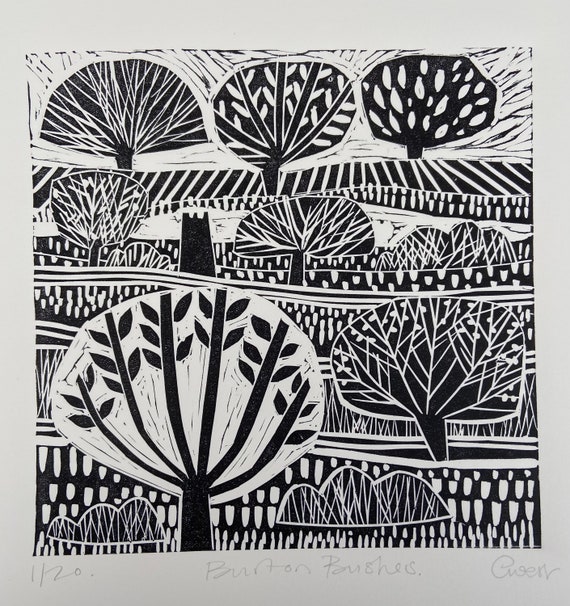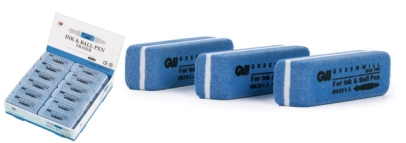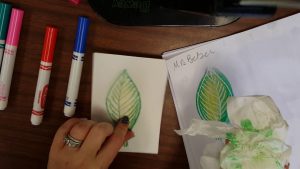
Intaglio and etching are two distinct artistic techniques that have been widely employed throughout history. While both methods involve incising or engraving a design onto a surface, they differ in terms of their processes, tools, and outcomes. In this article, we will delve into the intricacies of intaglio and etching, exploring their unique characteristics and shedding light on their divergent applications.
Intaglio, derived from the Italian word "intagliare" meaning "to carve," refers to a printmaking technique where the design is incised into a surface, typically a metal plate. The incised lines or grooves hold the ink, which is then transferred onto paper through the application of pressure. Intaglio encompasses various sub-techniques such as engraving, drypoint, and mezzotint, each with its own distinct characteristics.
Engraving, the most traditional form of intaglio, involves cutting lines directly into the plate using a sharp tool called a burin. The resulting lines are clean and precise, allowing for intricate details and fine shading. Drypoint, on the other hand, utilizes a hard-pointed needle to scratch the design onto the plate, creating a rougher and more expressive line quality. Mezzotint, a tonal intaglio technique, involves roughening the entire plate surface to create a rich, velvety texture, which can then be selectively burnished to achieve varying tones.
Etching, on the contrary, is a chemical process that involves using acid to bite into a metal plate, creating recessed areas that hold the ink. Unlike intaglio, where the lines are directly cut into the plate, etching allows for a more fluid and spontaneous approach to mark-making. The artist applies an acid-resistant ground, such as wax or resin, onto the plate and then draws the design through the ground, exposing the metal beneath. The plate is subsequently immersed in an acid bath, which corrodes the exposed areas, creating the desired design. The depth and tone of the etched lines can be controlled by varying the acid concentration and duration of the biting process.
One key distinction between intaglio and etching lies in their respective mark-making capabilities. Intaglio techniques, with their precise and controlled lines, excel in rendering intricate details and achieving subtle tonal variations. Engraving, for instance, is often favored for its ability to produce crisp lines and delicate shading, making it a popular choice for intricate illustrations and currency printing. Etching, on the other hand, offers a more expressive and gestural quality, allowing artists to create fluid lines and atmospheric effects. This technique is often embraced by painters and printmakers seeking a looser and more spontaneous approach.
In terms of historical significance, intaglio has a long-standing tradition dating back to ancient civilizations, where it was used for various purposes such as seal-making and coin production. Etching, on the other hand, emerged as a distinct technique during the Renaissance and gained popularity among artists like Rembrandt and Goya, who exploited its expressive potential to the fullest.
In conclusion, while both intaglio and etching involve incising or engraving a design onto a surface, they differ significantly in terms of their processes, mark-making capabilities, and historical contexts. Intaglio, with its precise lines and intricate details, offers a controlled and meticulous approach, while etching provides a more spontaneous and expressive method. By understanding the distinctions between these two techniques, artists can make informed choices and explore the full range of possibilities each method has to offer.


